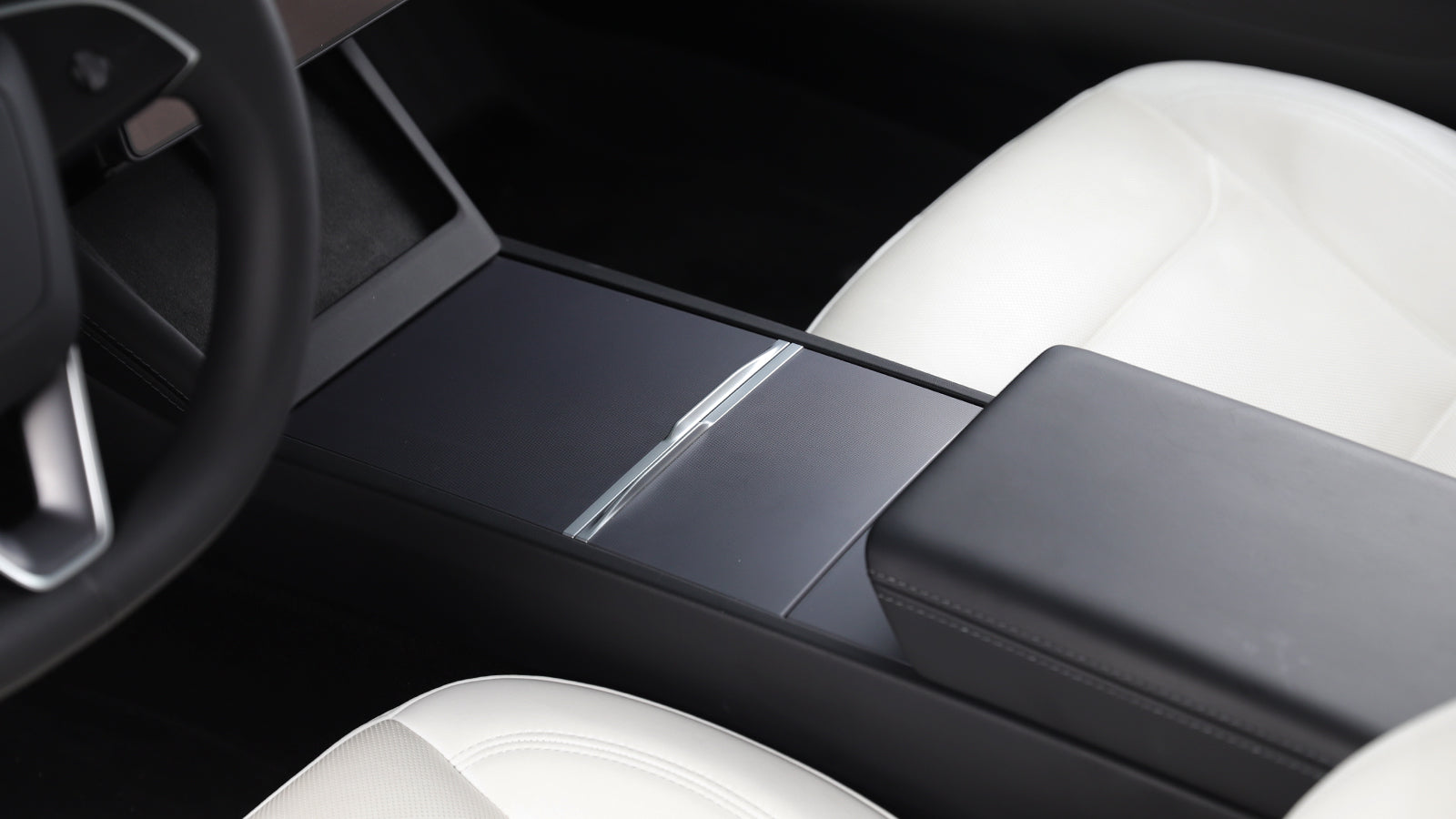The Rise of NACS and the Challenge of CCS: Evolution of North American Charging Standards
Introduction
1. The Journey of NACS
2. The Development of CCS
3. Key Differences Between CCS and NACS
| Feature | NACS | CCS |
|---|---|---|
| Market Adoption | NACS (SAE J3400) is a fast charging standard developed by Tesla for North America. It offers faster charging and a streamlined experience. Many automakers are switching to NACS. | CCS1 is used in North America. CCS2 is used in Europe and other regions. Both support fast charging and are widely adopted by global automakers. |
| Connector Design | Integrated, slim, no moving parts. Supports AC and up to 1 MW DC charging. Half the size and lighter than CCS. | Uses different pins for AC and DC. Larger and heavier design. |
| Compatibility | Tesla owners can use the Supercharger network seamlessly. NACS is being adopted by other EV makers. | Flexible and widely adopted by many automakers. Used in over 50 passenger vehicle models in the US. |
| Charging Power | Superchargers peak at 250kW. NACS supports up to 1 MW DC charging (expandable). | Most public fast chargers offer up to 350kW. |
| User Experience | Tesla has over 29,000 NACS ports (57% of total). Users praise NACS for reliability, high performance, and compact design. | CCS is supported by most major automakers. Public charging equipment has a higher failure rate than Tesla’s network. |










